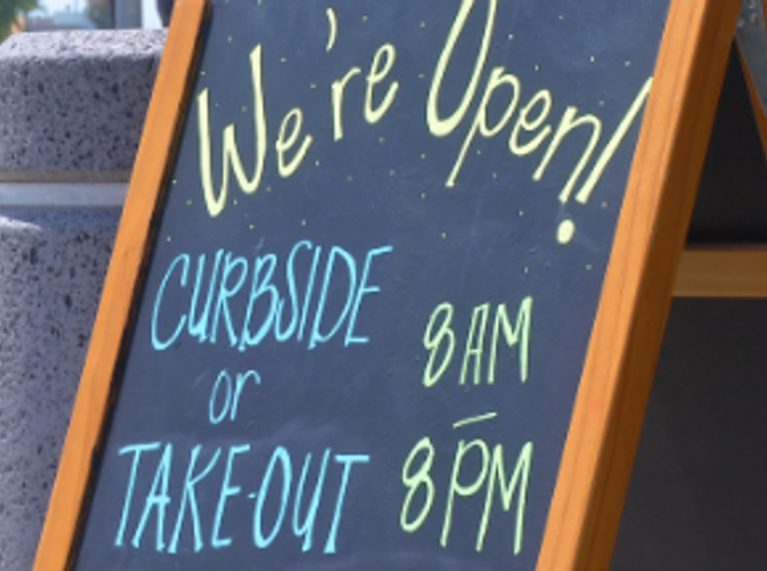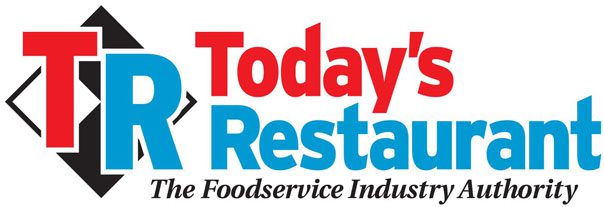
Post-Pandemic Restaurant Industry Looks to Pivot Payoff, Despite Challenges Ahead
By: Zach Kuperman and Mark Lee and Stefan Burkey

The restaurant industry these days finds itself in the uncomfortable spot of having left the proverbial frying pan for the fire.
Having survived the pandemic that forced many to close permanently, those that survived are now dealing with a shortfall of workers to help them stay open during the recovery. And compounding their problems is a different issue. Protecting their risks has never been more important, but the current insurance environment is making it hard to find coverage and costly when they do – especially when some carriers are exiting the hospitality market altogether.
Still a variety of trends that engender mixed sentiments among many restaurants gained even more momentum with the pandemic. Business models are changing, with ghost kitchens and virtual restaurants, and the need to balance the power of third-party delivery platforms by strengthening internal delivery and take-out services. Pivoting was the name of the game in 2020. Now’s the time for the payoff.
Comeback challenges are shared
Florida’s restaurant industry had a lot going for it during the worst of it – fewer restrictions during the pandemic and weather that made outdoor dining a year-round lifesaver. But that doesn’t mean it hasn’t shared in the pain.
Six months into the pandemic, nearly 600,000 restaurant workers had been furloughed or let go and comprised the biggest share of applicants for Florida’s unemployment benefits. Some communities saw more permanent closures than others. In tourism-dependent Orlando, for example, 129 restaurants had permanently closed by July after tourism dried up.
The problem today is a shortage of staff to meet the needs of a brisk business climate. For example, Orlando-based Darden Restaurants, owner of such chains as Olive Garden and Longhorn Steakhouse, recently termed staffing as their top priority. The group had gone from 165,000 active hourly employees before the pandemic to 115,000.
The industry also faces ongoing risks that may be more difficult to control, making insurance coverages more important than ever but more problematic, too, as large exclusions in some lines are common and premiums are up. There’s a price for the unrelenting barrage of natural disasters, top of mind in Florida as it enters another hurricane season. Excess liability insurance is hard to find above standard liability limits, and property insurance is under pressure due to exposures from COVID-19 (think business interruption insurance) along with natural disasters. Escalating cybercrime is another concern given hospitality’s growing use of technology, making premium jumps of 50% or more not uncommon.
Operators should enlist their insurance brokers and risk consultants for guidance on their path forward given their expertise in effectively managing through the forces changing the industry.
How the pivot’s paid off
Amidst the pressures, the industry is leveraging the lessons of the pandemic to position themselves for the future.
The pandemic served as a big push to a concept that was evolving before the pandemic – virtual restaurants. With no or a lot fewer customers coming through the door, launching a spinoff virtual brand to use excess kitchen capacity was a smart strategy to stay in business. And today, they represent long-term growth opportunities. Brinker International, for example, launched its virtual, It’s Just Wings carryout-only brand from Chili’s kitchens during the middle of the pandemic. Denny’s started The Burger Den and The Meltdown virtual concepts.
The trend has also strengthened for ghost kitchens, which are more commissary-type setups for takeout and delivery, and often used by more than brand. Their influence on the industry should only grow; some projections put them at $1 trillion in the global restaurant market by 2030.
Virtual and ghost kitchens were an important aspect to the delivery-only model that flourished in 2020 – and off-premises dining had been gaining momentum before COVID. While the trend gave more clout to the delivery apps like Grubhub and UberEats, their 30% on-average take on sales pushed restaurants to more aggressively do deliveries themselves. For the 12 months ending March 31, 2021, digital orders through the third party apps grew by 207%, and by 98% through direct restaurant ordering.
What about the risks?
For all the benefits, there are corresponding risks that the industry needs to anticipate and manage moving forward.
For starters, the hybrid delivery model may have staying power, but the downsides may make the risk transfer benefits of third-party apps worth thinking about. Liabilities to the restaurant include food safety – what if it’s no longer edible when it’s delivered? And who’s doing the driving? Those on payroll should get additional auto coverage; the restaurant is protected in the event of a driver’s accident. Independent drivers, though, should be advised to procure their own coverage.
Another issue concerns the restaurant’s customer data. As the third party delivery apps continue to grow in influence, the more of that valuable data is being handed off to them. The issue is compounded when restaurants launch virtual kitchens. Are third party deliveries making a big difference in the bottom line or just driving incremental revenue? The answer should prompt serious thinking, given the importance of data analytics as a means of uncovering KPIs to influence the customer experience and increase profitability as restaurants continue their recovery.
The restaurant industry has had over a year to demonstrate its resilience in the face of a devastating situation with the coronavirus pandemic. Those that emerged – battered but unbroken – on the other side are stronger for the experience, poised to manage both the opportunities and the risks ahead. https://www.hubinternational.com/
About the authors
Zach Kuperman is Senior Vice President and National Restaurant Practice Leader for global restaurant insurance brokerage Hub International. He has over 15 years of experience managing the insurance portfolios of 4,000 restaurants and hundreds of properties across the country. His clients include leading national chains, private equity groups and property portfolio managers. Beyond insurance placement, his day-to-day responsibilities include building out safety programs and risk management platforms that make both the employee workplace and guest experience a safer environment. He frequently speaks at conferences across the country on topics that include alternative risk, workers’ compensation and new technologies that are changing the way restaurants interact with their employees and customers.
Mark Lee is an Assistant Vice President and Risk Consultant with Hub International. He provides risk management consulting services and carrier risk control oversight to commercial property and casualty clients. He also develops and implements solutions in the areas of risk mitigation, employee and customer safety, emergency management, regulatory compliance, claims management, and reconstruction cost valuations.
Stefan Burkey is the hospitality practice leader for HUB International Florida. In this role, he oversees insurance placement solutions for owners, developers, and operators from limited-service hotels to full-scale resorts. Stefan and his team clearly understand the financial needs and exposures associated with the hospitality industry, and their singular focus has generated profound market knowledge and significant buying power for HUB clients throughout Florida and the U.S.





Recent Comments